Birdfinding.info ⇒ The Grenada endemic form of House Wren is fairly common across much of the island, including parks and gardens in the settled areas of St. George and St. David. It is usually easy to find at both Mount Hartman and Grand Etang National Parks.
“Grenada Wren”
Troglodytes aedon grenadensis
Endemic to Grenada, where it occurs in brushy woodlands and edge habitats.
Identification
A small, ruddy wren. The only wren known from Grenada.
The upperparts are a warm rusty-brown with darker brown barring on the wings and tail. Often shows an eyering and post-ocular stripe, variably distinct or faint.
The underparts are mostly cinnamon. The throat and chest are somewhat paler, white in the palest individuals.
The bill can be either blackish, yellowish, or bicolored. Eyes and legs are dark.

“Grenada Wren,” T. a. grenadensis, showing generally ruddy coloration. (Grande Anse Beach, Grenada; December 1, 2018.) © George Lynch
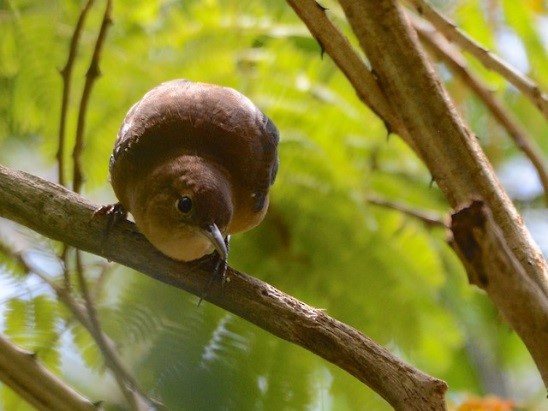
“Grenada Wren,” T. a. grenadensis, showing warm rusty-brown upperparts. (Mount Hartman National Park, Grenada; March 15, 2015.) © Alan Van Norman
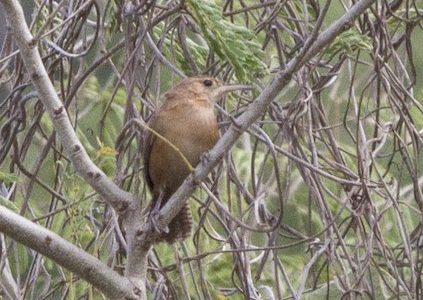
“Grenada Wren,” T. a. grenadensis, showing whitish throat. (Mount Hartman National Park, Grenada; August 1, 2013.) © Jeff Gerbracht
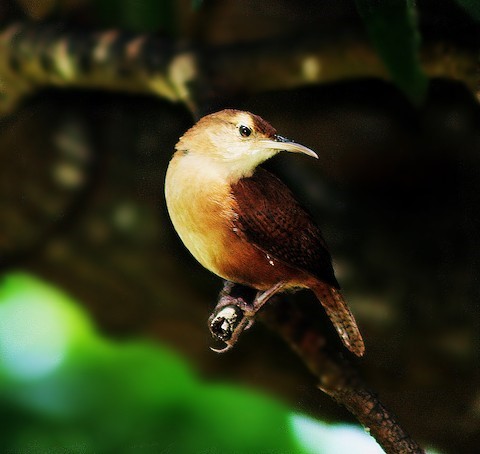
“Grenada Wren,” T. a. grenadensis, showing cinnamon underparts, pale throat, and bicolored bill in strong light. (St. David, Grenada; February 18, 2018.) © Bela Brown
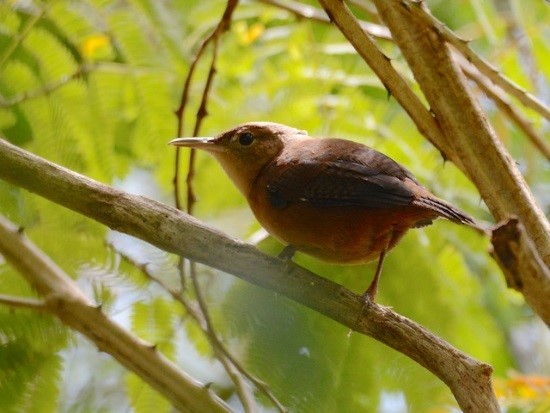
“Grenada Wren,” T. a. grenadensis, showing generally ruddy coloration. (Mount Hartman National Park, Grenada; March 15, 2015.) © Alan Van Norman
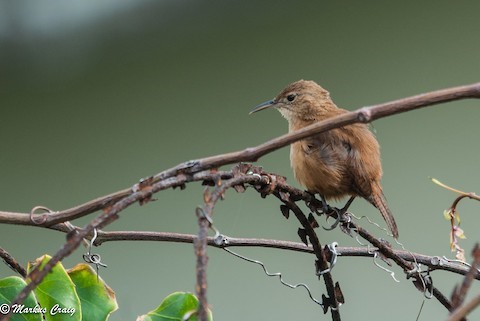
“Grenada Wren,” T. a. grenadensis, showing whitish throat and chest. (Carib’s Leap Point, Grenada; February 14, 2011.) © Markus Craig

“Grenada Wren,” T. a. grenadensis, a pale individual with a distinctly white throat and chest. (Mount Hartman National Park, Grenada; February 15, 2019.) © Kim Wetten
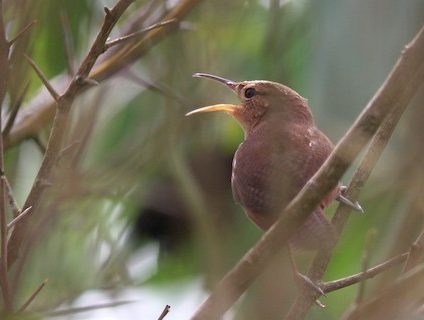
“Grenada Wren,” T. a. grenadensis, singing and showing bicolored bill. (St. David, Grenada; December 15, 2017.) © Larry Therrien
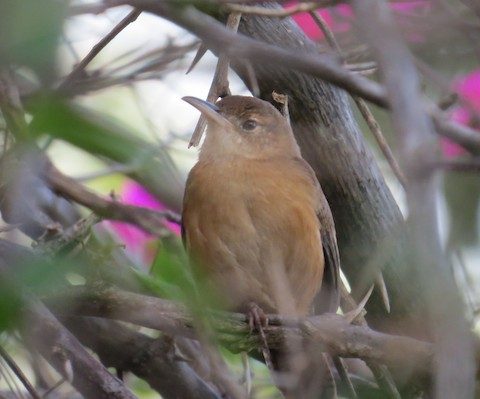
“Grenada Wren,” T. a. grenadensis, showing cinnamon underparts, pale throat, and bicolored bill in weak light. (Grenadian by Rex Resorts, St. George, Grenada; March 2, 2017.) © Vikki Jones
Notes
Monotypic form, one of ten or so distinct forms of House Wren—or Southern House Wren, when differentiated—some of which may be best regarded as separate species.
References
Brewer, D., and B.K. MacKay. 2001. Wrens, Dippers, and Thrashers. Yale University Press. New Haven.
eBird. 2019. eBird: An online database of bird distribution and abundance. Cornell Lab of Ornithology, Ithaca, N.Y. http://www.ebird.org. (Accessed December 8, 2019.)
Kroodsma, D., D. Brewer, and G.M. Kirwan. 2019. House Wren (Troglodytes aedon). In Handbook of the Birds of the World Alive (J. del Hoyo, A. Elliott, J. Sargatal, D.A. Christie, and E. de Juana, eds.). Lynx Edicions, Barcelona. https://www.hbw.com/node/58151. (Accessed December 8, 2019.)
Raffaele, H., J. Wiley, O. Garrido, A. Keith, and J. Raffaele. 1998. A Guide to the Birds of the West Indies. Princeton University Press, Princeton, N.J.
